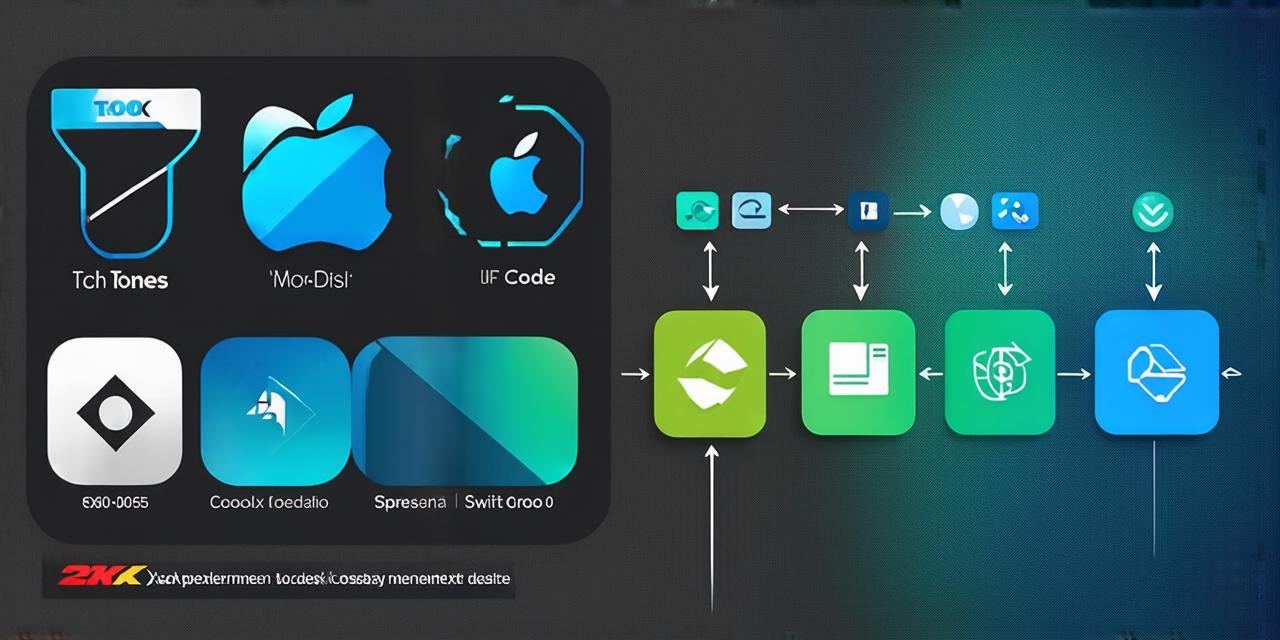Getting Started with Swift
Now that you have the necessary tools and prerequisites, let’s dive into the development process itself. The first step is to learn Swift, the programming language used to develop iOS applications.
- Start with the basics: If you’re new to programming in general, it’s important to start with the basics of Swift before diving into more complex topics. Apple has a great resource called “Learn Swift” that covers the basics of Swift programming.
- Practice, practice, practice: Like any language, the more you practice using Swift, the better you’ll become. Try writing small programs in Swift to get comfortable with the syntax and structure of the language.
- Join online communities: There are plenty of online communities for iOS developers where you can ask questions and get help from experienced programmers. Some popular communities include Reddit’s r/iOSProgramming subreddit, Stack Overflow’s iOS tag, and Apple’s own developer forums.


Designing the User Interface
Once you have a good grasp of Swift programming, it’s time to start designing the user interface (UI) for your iOS application. Here are some tips to get started:
- Keep it simple: When designing the UI for your app, it’s important to keep things as simple and intuitive as possible. Avoid cluttered screens and make sure all buttons and menus are easy to find and use.
- Follow Apple’s guidelines: Apple has a set of design guidelines that all iOS apps should follow. These guidelines cover everything from button styles to typography, and they can help your app blend in with other Apple products and feel more professional.
- Use storyboards: Storyboards are a visual tool for designing the UI of your app. They allow you to see how different screens will look and function together, which can be especially helpful when
